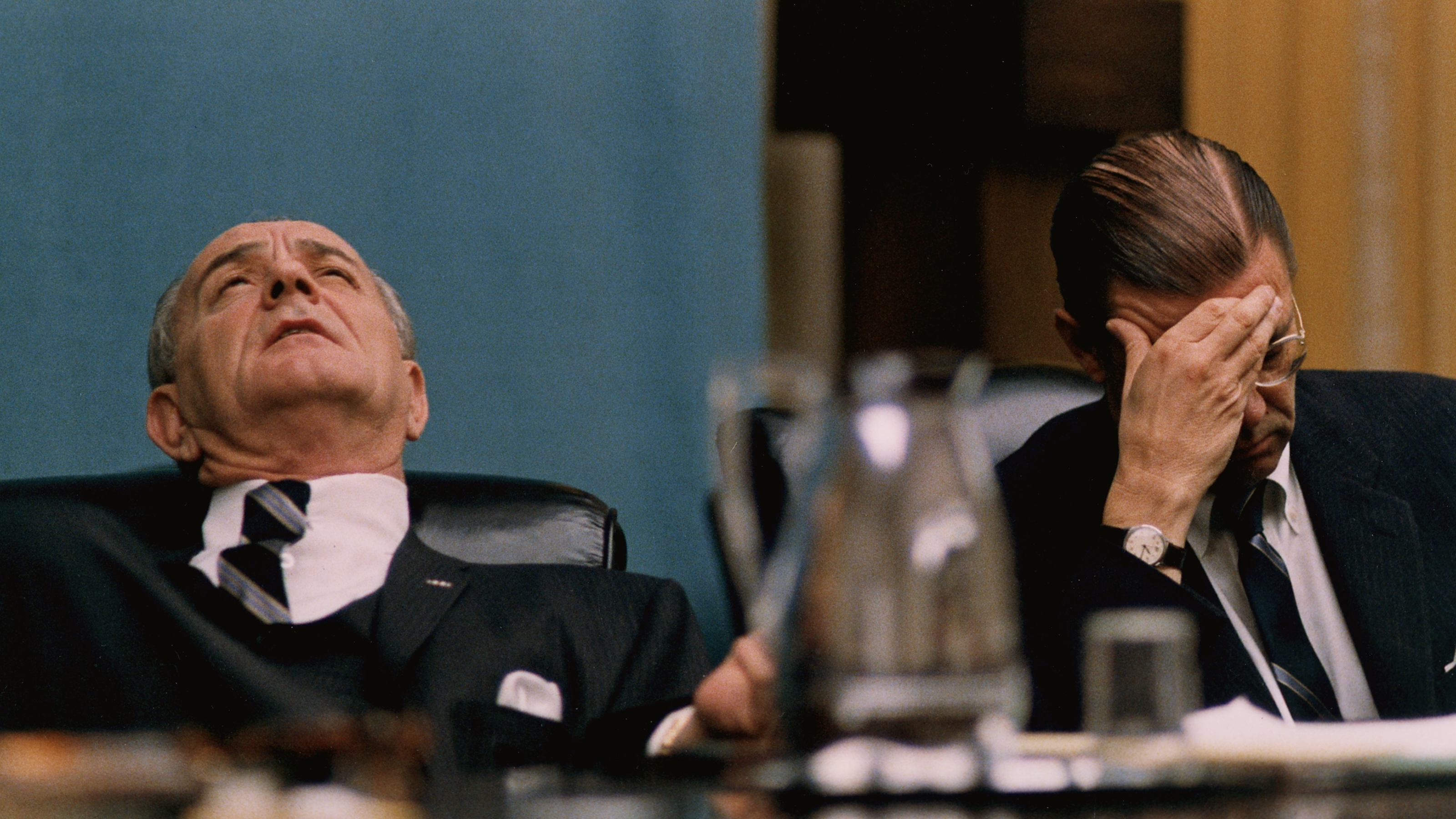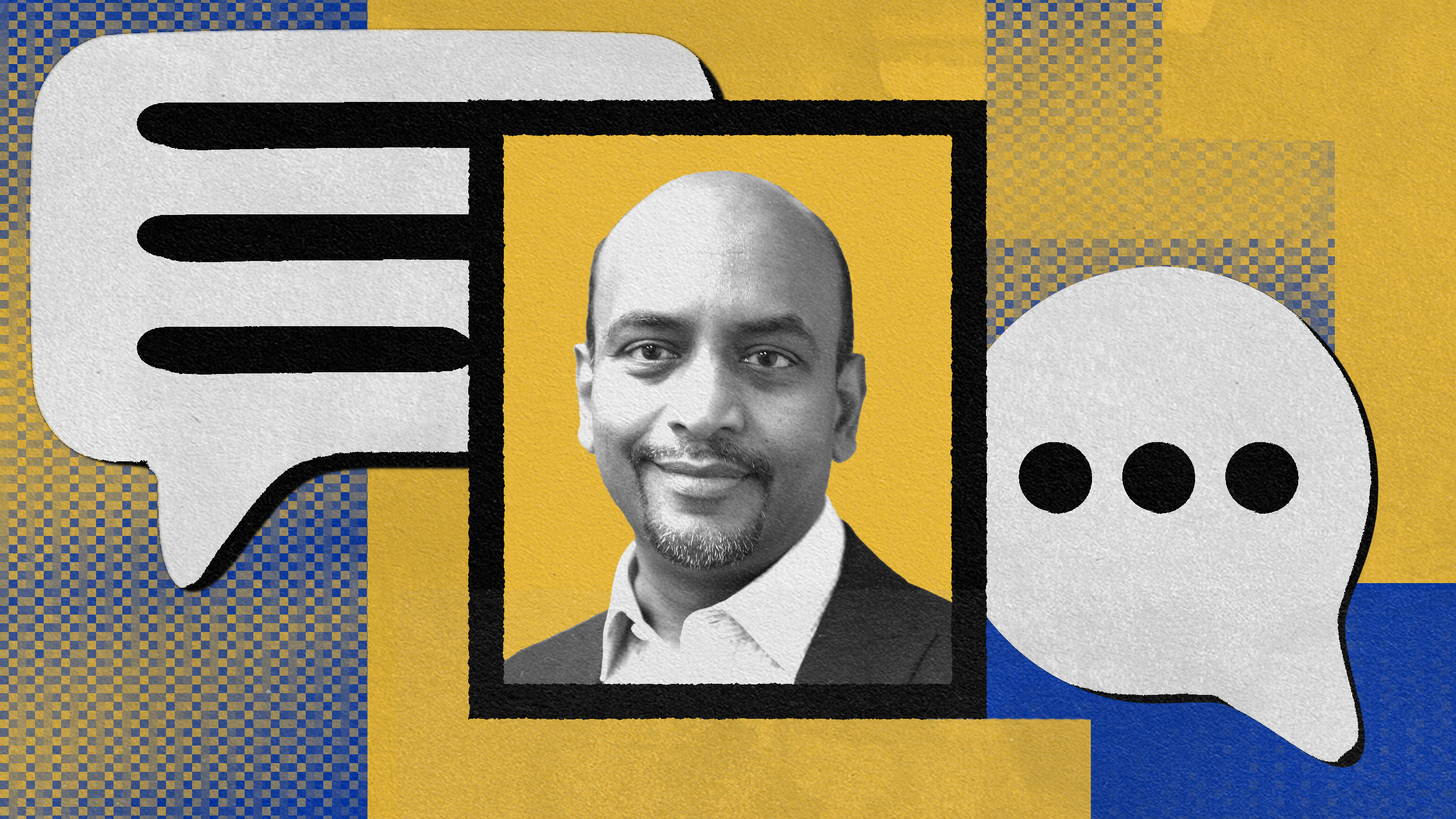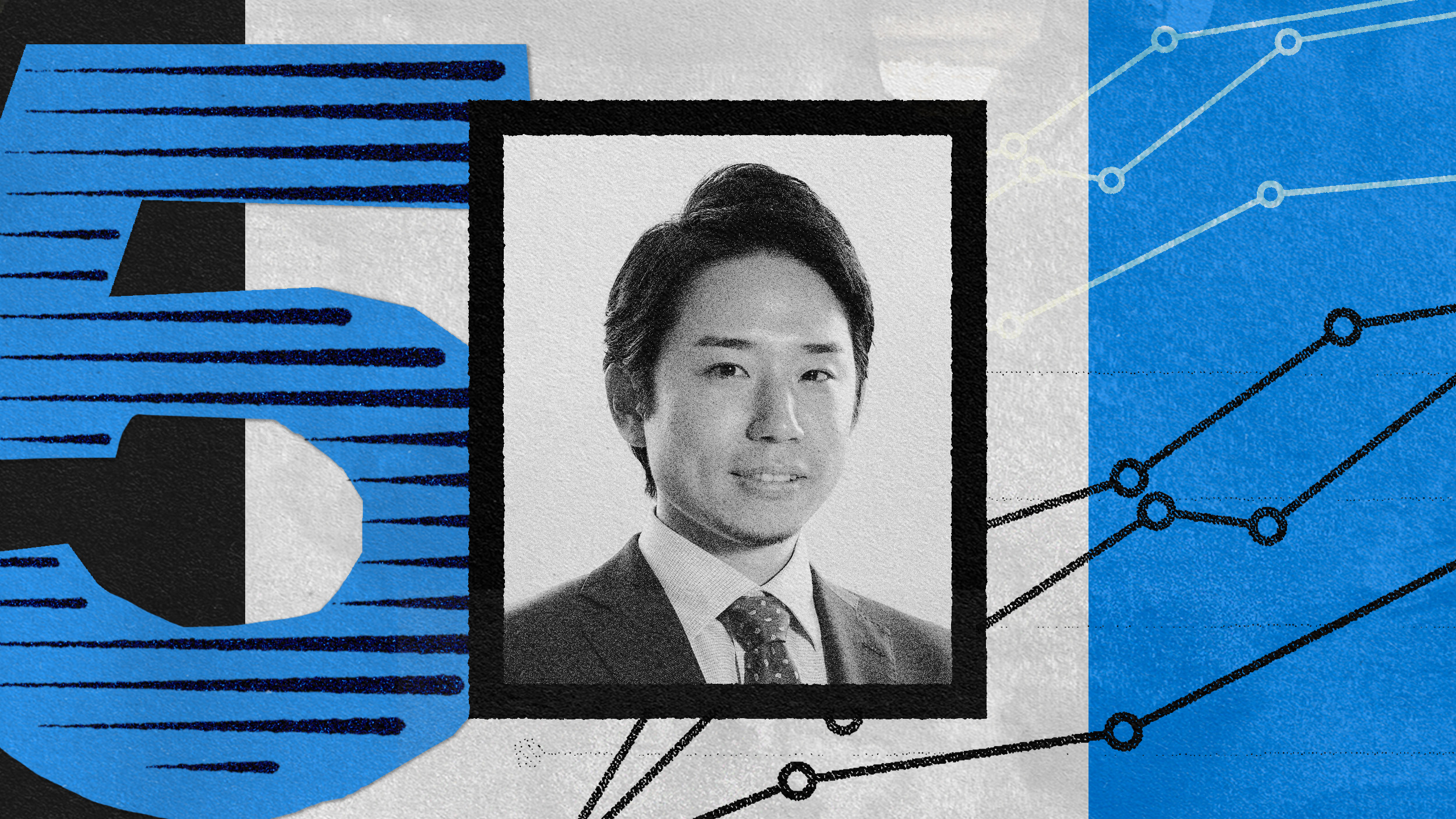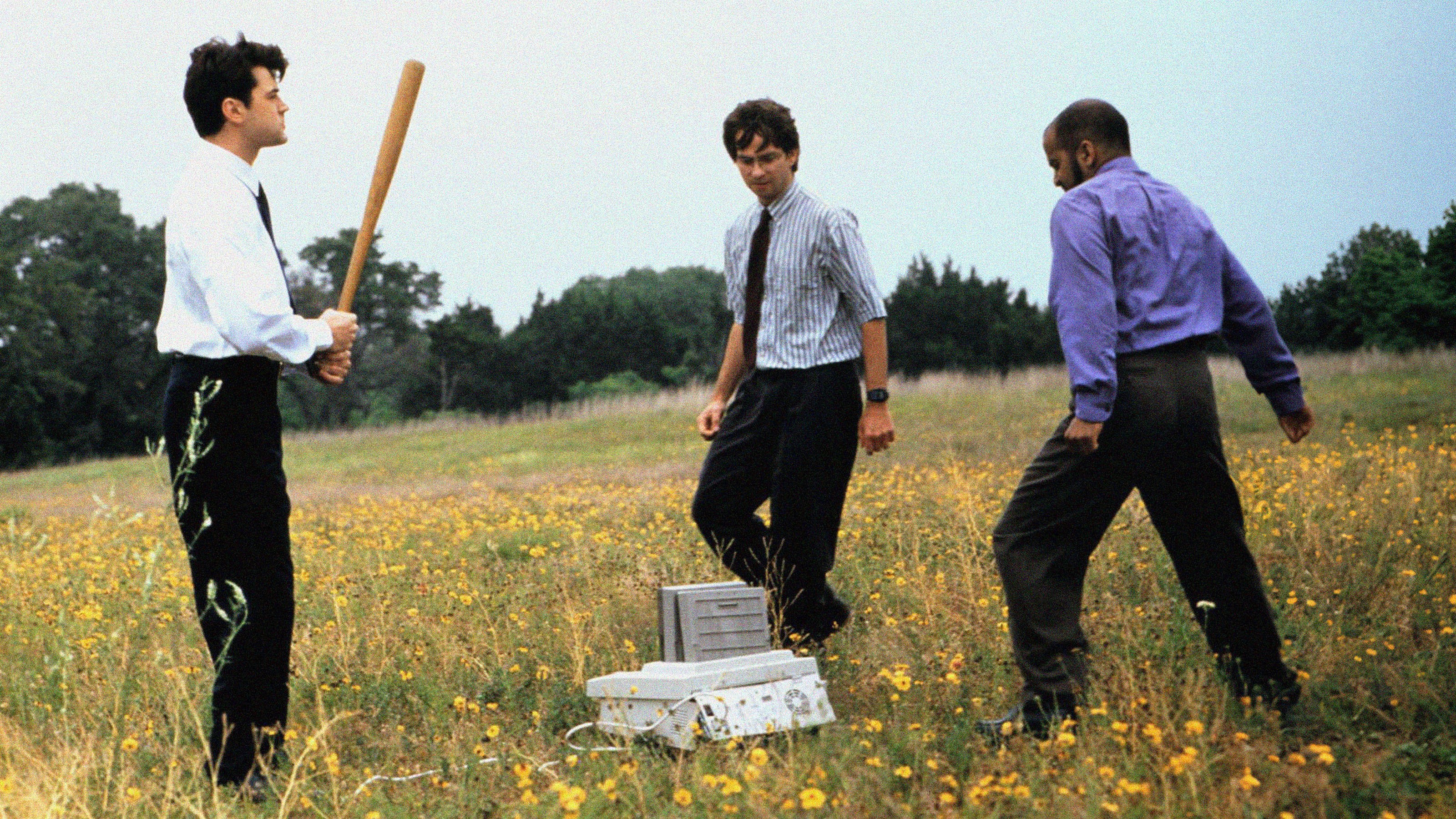What’s the magic formula for a memorable consumer experience? These 3 simple things.

What do companies like Hilton, Salesforce, and Wegman’s Food Markets have in common? First, they all have some of the happiest employees in their industries. These three companies made the top three spots in Fortune magazine’s “100 best companies to work for,” and they have regularly appeared among the top 10 in previous years. They’re also incredibly lucrative companies, with Hilton Worldwide Holdings earning nearly $9 billion in revenue in 2018, Salesforce earning more than $10 billion, and Wegman’s earning nearly $9 billion.
For the Ken Langone, the co-founder of Home Depot, this is no coincidence. “When the customer sees you love what you’re doing, it’s contagious,” he says in his Big Think+ lesson. “People want to be around people who are happy, and you are never going to be happy if you don’t like what you’re doing.”
This isn’t just intuition — the research backs it up. A full 89 percent of customers who began to do business with a competitor did so after a poor customer experience. On the other hand, 73 percent of surveyed customers reported that interacting with friendly employees or customer service representatives was why they committed to a brand. And the cost of dissatisfied customers and — correspondingly — dissatisfied employees is high: U.S. businesses lose $83 billion in annual sales due to poor customer experiences.
Reading employee satisfaction through customer satisfaction
Like many businesses, Langone’s Home Depot keeps track of customer satisfaction through a voice-of-the-customer program, or VoC program. Simply put, VoC refers to the customer’s needs, expectations, and experiences with a given product or service. A VoC program is an essential tool for tracking the pulse of customer satisfaction, as only 4 percent of dissatisfied customers come forward with their complaints.
Some of the most respected companies in the world are heavily invested in their VoC programs, like Apple, where Tim Cook personally answers customer service emails every day; Amazon, where Jeff Bezos forwards unhappy customers’ emails to different departments to highlight issues; and Zappos, which is widely celebrated for its stellar customer service.
For Langone, when a Home Depot store’s VoC program is reporting negative results, the issue can usually be traced back to the store’s employees. “It’s a collective effort,” says Langone. Customer satisfaction is often a cumulative impression of everyone doing their part to provide a smooth experience. At the same time, Langone believes there is a “magic formula” for individuals to contribute to a positive consumer experience: “A kind word, a thoughtful gesture and passion and enthusiasm for whatever you’re doing.” This kind of enthusiasm can’t be forced — ultimately, employee satisfaction will affect their attitude toward the customers, contribute to a more pleasant customer experience, and greater customer loyalty.




